Inorganic Chemistry Communications: Bridging Molecules and Minds

Introduction
In the vast landscape of scientific research, inorganic chemistry stands as a cornerstone, exploring the behavior and properties of all elements except carbon. However, the true power of scientific discovery lies not just in the experiments conducted or the data collected but in how effectively this knowledge is communicated. Inorganic chemistry communications serve as the bridge between complex molecular structures and the minds eager to understand them.
This comprehensive guide aims to demystify the art and science of communicating inorganic chemistry. Whether you’re a budding researcher, an established scientist, or an industry professional, mastering the nuances of inorganic chemistry communications can significantly impact your career and contribute to advancing the field.
Throughout this article, we’ll explore various aspects of effective communication in inorganic chemistry, from crafting compelling research papers to delivering engaging presentations. We’ll delve into the challenges unique to this field and provide practical strategies to overcome them. By the end, you’ll have the tools and knowledge to elevate your communication skills, ensuring your groundbreaking research reaches and influences the widest possible audience.
Also Check Select Em physics grade 9: Mastering Electromagnetic Physics in Grade 9 Free PDF 2024
What is inorganic chemistry communication?
Inorganic chemistry communication encompasses the methods and practices used to convey information about the synthesis, properties, and applications of inorganic compounds. Unlike organic chemistry, which primarily focuses on carbon-based molecules, inorganic chemistry deals with the rest of the periodic table, including metals, non-metals, and metalloids.
The scope of inorganic chemistry communications is vast, covering areas such as:
- Coordination compounds and metal complexes
- Solid-state materials and crystal structures
- Organometallic chemistry
- Bioinorganic chemistry
- Nanomaterials and nanotechnology
- Catalysis and industrial processes
Effective communication in this field requires not only a deep understanding of chemical principles but also the ability to explain complex concepts clearly and concisely. It involves translating intricate molecular structures and reaction mechanisms into language that can be understood by both specialists and non-experts alike.
The Importance of Effective Communication in Inorganic Chemistry
The significance of clear and impactful communication in inorganic chemistry cannot be overstated. Here’s why it matters:
- Advancing Scientific Knowledge: Clear communication allows researchers to build upon each other’s work, fostering collaborative progress in the field.
- Facilitating Collaboration: Well-communicated ideas attract potential collaborators, leading to interdisciplinary research and innovative solutions.
- Securing Funding and Publishing Research: Grants and high-impact publications often hinge on the ability to articulate research proposals and findings effectively.
- Real-world Applications: Effective communication bridges the gap between academic research and industrial applications, driving technological advancements.
- Public Understanding: Clear communication helps in educating the public about the importance of inorganic chemistry in everyday life, fostering support for scientific research.
Also, Check English grade 9: English grade 9 district assessment With answer key, Free PDF 2024
Key Components of Inorganic Chemistry Communications
Inorganic chemistry communications take various forms, each serving a specific purpose in the scientific ecosystem:
- Research Papers: The primary medium for sharing detailed experimental procedures, results, and conclusions with the scientific community.
- Conference Presentations: Oral and poster presentations allow for direct interaction with peers and rapid dissemination of new findings.
- Grant Proposals: Well-crafted proposals are essential for securing funding to support research endeavors.
- Patents: Protecting intellectual property through clear and comprehensive patent applications is crucial for innovation in industry and academia.
- Industry Reports: These documents communicate research findings and technological developments to stakeholders in the industrial sector.
Writing Effective Inorganic Chemistry Research Papers
Research papers are the lifeblood of scientific communication. Here’s how to craft an impactful paper in inorganic chemistry:
Structuring Your Paper (IMRAD Format)
Most scientific papers follow the IMRAD structure:
- Introduction: Provide context, state the research question, and highlight its significance.
- Methods: Describe experimental procedures in sufficient detail for replication.
- Results: Present findings objectively, using figures and tables where appropriate.
- And
- Discussion: Interpret results, compare with existing literature, and suggest future directions.
Crafting a Compelling Abstract
The abstract is often the first (and sometimes only) part of your paper that people read. Make it count by:
- Summarizing the main points of your research concisely (typically 150-300 words)
- Highlighting the significance of your findings
- Avoiding jargon and acronyms where possible
Describe Experimental Procedures Clearly
In inorganic chemistry, precise experimental details are crucial. Ensure your methods section:
- Provides exact quantities, concentrations, and reaction conditions
- Specifies instruments used for characterization (e.g., NMR frequency, X-ray diffraction parameters)
- Includes safety precautions for hazardous materials
Presenting Results with Appropriate Figures and Tables
Visual representations can greatly enhance understanding. Consider:
- Using crystal structure diagrams for new compounds
- Presenting spectroscopic data in clear, labeled graphs
- Summarizing reaction outcomes or property comparisons in tables
Discussion and Interpretation of Findings
In the discussion section:
- Explain the significance of your results in the context of existing knowledge
- Address any unexpected findings or limitations of your study
- Suggest potential applications or future research directions
Citing Relevant Literature
Proper citation is crucial in scientific writing. Ensure you:
- Cite primary literature rather than review articles when possible
- Use consistent citation format as per journal guidelines
- Include recent publications to demonstrate awareness of current developments
Mastering Oral Presentations for Conferences and Seminars
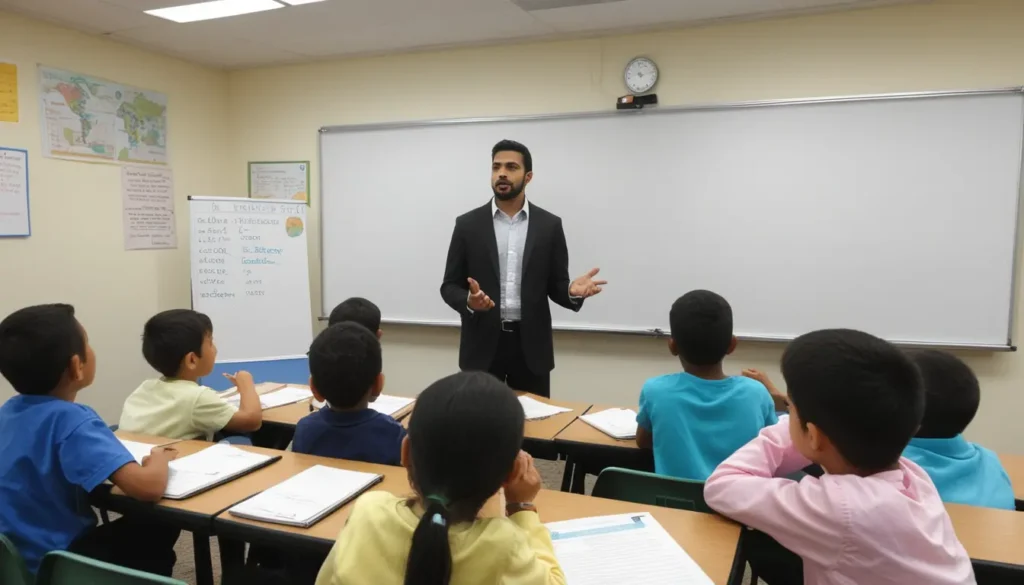
Oral presentations offer a unique opportunity to engage directly with your audience. Here’s how to make the most of it:
Preparing Engaging Slides
- Use a clean, professional design with consistent formatting
- Limit text on slides – aim for key points and visuals
- Include clear diagrams of molecular structures or reaction schemes
Structuring Your Talk for Maximum Impact
- Start with a brief, engaging introduction to your topic
- Clearly state your research question or hypothesis
- Present your methods and results logically
- Conclude with the broader implications of your work
Handling Q&A Sessions Effectively
- Listen carefully to questions and ask for clarification if needed
- Answer concisely and honestly – it’s okay to say “I don’t know” if necessary
- Use questions as an opportunity to elaborate on points you couldn’t fit in the main talk
Networking Tips for Conferences
- Prepare a short “elevator pitch” about your research
- Attend social events and poster sessions to meet colleagues
- Follow up with new contacts after the conference
Grant Writing for Inorganic Chemistry Research
Securing funding is crucial for advancing research. Here’s how to write compelling grant proposals:
Understanding Funding Agency Requirements
- Carefully read and follow all guidelines provided by the funding agency
- Tailor your proposal to the specific aims and priorities of the grant program
Crafting a Compelling Research Narrative
- Clearly state the problem your research addresses and its significance
- Outline your innovative approach and how it advances the field
- Highlight preliminary data that supports the feasibility of your project
Budgeting and Timeline Planning
- Provide a realistic budget that justifies all expenses
- Present a clear timeline for achieving project milestones
- Include contingency plans for potential obstacles
Common Pitfalls to Avoid
- Overly ambitious proposals that lack focus
- Insufficient attention to broader impacts or real-world applications
- Neglecting to address potential risks or limitations
Communicating Inorganic Chemistry to Non-Experts
Bridging the gap between complex chemistry and public understanding is crucial for broader impact.
Simplifying Complex Concepts
- Break down intricate ideas into simpler components
- Use everyday language and avoid jargon where possible
- Provide context for why the research matters
Using Analogies and Visual Aids
- Compare chemical concepts to familiar objects or processes
- Use infographics or animations to illustrate complex reactions
- Create physical models for 3D molecular structures
Highlighting Real-World Applications
- Connect your research to tangible benefits in everyday life
- Discuss potential technological advancements or environmental impacts
- Share success stories of inorganic chemistry in action
Addressing Common Misconceptions
- Be aware of and proactively address common misunderstandings about chemistry
- Emphasize the safety measures and ethical considerations in chemical research
- Highlight the positive contributions of chemistry to society
Digital Tools for Inorganic Chemistry Communications
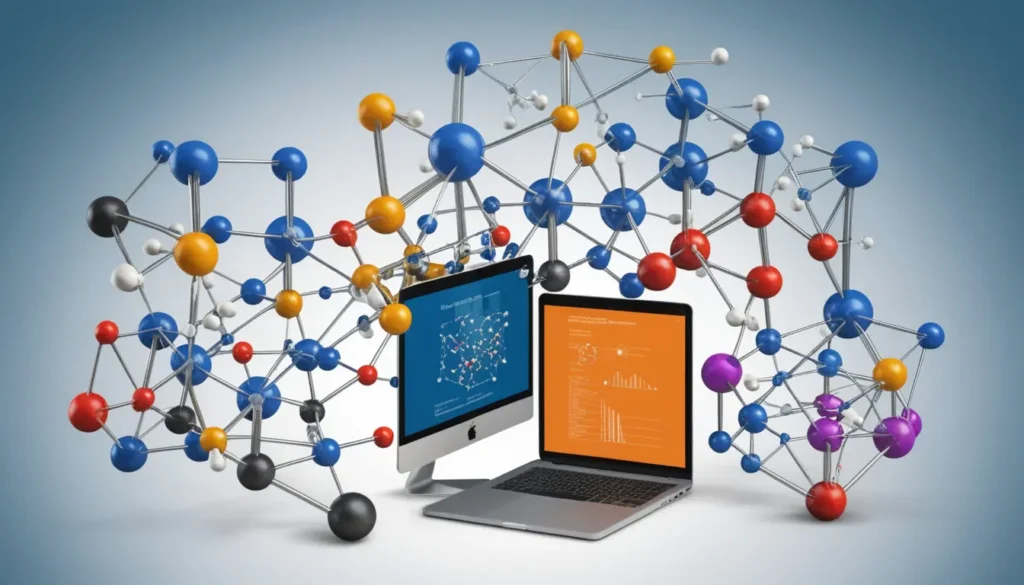
Leverage technology to enhance your communication efforts:
Chemical Drawing Software
- Use tools like ChemDraw or MarvinSketch for clear structural formulas
- Create professional-quality reaction schemes and mechanisms
Data Visualization Tools
- Employ software like Origin or MATLAB for complex data plots
- Use tools like PyMOL for 3D visualization of molecular structures
Reference Management Software
- Utilize Mendeley, Zotero, or EndNote to organize and cite literature efficiently
- Collaborate with colleagues through shared libraries
Collaboration Platforms
- Use platforms like Slack or Microsoft Teams for real-time communication with research groups
- Share and collaborate on documents using Google Docs or Overleaf for LaTeX documents
Ethical Considerations in Inorganic Chemistry Communications
Maintaining ethical standards is paramount in scientific communication.
Proper Citation and Avoiding Plagiarism
- Always give credit to sources
- Use plagiarism detection software to ensure originality
- Understand and follow guidelines for self-citation and duplicate publication
Data Integrity and Reproducibility
- Maintain detailed records of all experimental procedures and raw data
- Be transparent about data analysis methods and any limitations
- Consider depositing data in public repositories for increased transparency
Conflicts of Interest
- Disclose any financial interests or potential conflicts when publishing or presenting
- Maintain objectivity in reporting results, regardless of funding sources
Responsible Reporting of Hazardous Materials
- Communicate safety precautions for handling dangerous substances
- Adhere to regulations regarding the reporting and transportation of hazardous materials
Emerging Trends in Inorganic Chemistry Communications
Stay ahead of the curve by embracing new communication methods:
Open Access Publishing
- Consider publishing in open-access journals for wider dissemination
- Understand the different models of open access and their implications
Preprint Servers
- Use platforms like ChemRxiv to share early versions of your work
- Engage with the community for feedback before formal peer review
Social Media for Scientific Outreach
- Utilize Twitter, LinkedIn, or specialized platforms to share research updates
- Engage in online discussions and journal clubs
Interactive and Multimedia Publications
- Explore journals that allow for embedded videos or interactive figures
- Consider creating supplementary video abstracts to accompany papers
Overcoming Language Barriers in International Collaborations
In an increasingly global scientific community, clear communication across languages is vital.
English as the Lingua Franca of Chemistry
- Recognize the prevalence of English in scientific literature and conferences
- Invest time in improving English language skills for non-native speakers
Resources for Non-Native English Speakers
- Utilize language editing services before submission
- Attend scientific writing workshops focused on English communication
- Use tools like Grammarly for basic language checks
Cultural Considerations in Communication
- Be aware of cultural differences in communication styles
- Use clear, unambiguous language to avoid misunderstandings
- Be patient and understanding in cross-cultural collaborations
Case Studies: Successful Inorganic Chemistry Communications
Learning from examples can provide valuable insights.
Landmark Papers and Their Impact
- Analyze the structure and style of highly cited papers in inorganic chemistry
- Identify common elements that contribute to their influence and readability
Effective Public Engagement Campaigns
- Study successful outreach programs that have increased public understanding of inorganic chemistry
- Examine how complex concepts were simplified for general audiences
Industry-Academia Collaborations
- Review case studies of successful partnerships between universities and chemical companies
- Identify effective strategies for communicating across sectors
Tips for Improving Your Inorganic Chemistry Communication Skills
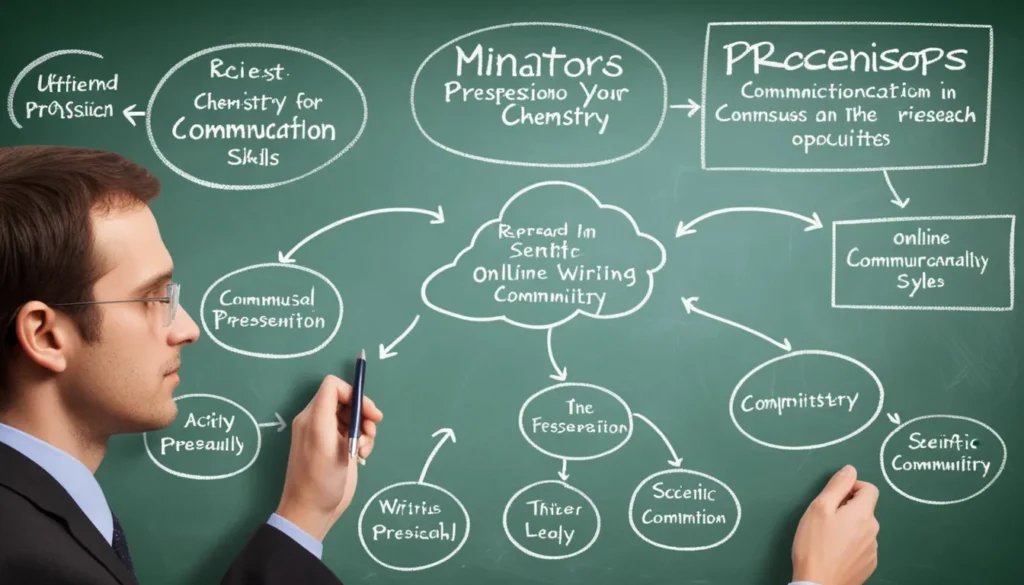
Continuous improvement is key to becoming an effective communicator.
- Read Widely in the Field: Regularly review top journals in inorganic chemistry to stay current and absorb effective writing styles.
- Practice Writing and Presenting Regularly: Set aside time for writing and seek opportunities to present your work, even informally within your research group.
- Seek Feedback from Peers and Mentors: Share your drafts and presentations with colleagues and actively request constructive criticism.
- Attend Workshops and Courses on Scientific Communication: Many universities and professional societies offer specialized training in scientific writing and presentation skills.
- Engage with the Wider Scientific Community: Participate in online forums, attend conferences, and join professional societies to broaden your network and exposure to different communication styles.
Conclusion
Effective communication in inorganic chemistry is a skill that can be developed and refined over time. By mastering the art of clear, concise, and engaging communication, you not only advance your own career but also contribute to the broader progress of the field.
As we look to the future, the landscape of inorganic chemistry communications continues to evolve. Embrace new technologies and platforms, but always remember the core principles of clarity, accuracy, and ethical responsibility in your scientific communications.
Take the strategies and insights shared in this guide and apply them to your work. Whether you’re writing your next research paper, preparing a conference presentation, or explaining your latest discovery to a non-expert audience, remember that effective communication is the key to bridging the gap between complex molecular structures and the minds eager to understand them.
Additional Resources
To further enhance your inorganic chemistry communication skills, consider exploring these resources:
Recommended Books on Scientific Writing
- “The Craft of Scientific Writing” by Michael Alley
- “Writing Science: How to Write Papers That Get Cited and Proposals That Get Funded” by Joshua Schimel
Online Courses and Webinars
- Coursera: “Writing in the Sciences” offered by Stanford University
- American Chemical Society webinars on scientific communication
Professional Societies and Networking Opportunities
- Royal Society of Chemistry (RSC)
- American Chemical Society (ACS) Division of Inorganic Chemistry
- International Union of Pure and Applied Chemistry (IUPAC)
Journals Specializing in Inorganic Chemistry Communications
- Inorganic Chemistry
- Dalton Transactions
- Chemistry of Materials
- Journal of the American Chemical Society (JACS)
Remember, effective communication in inorganic chemistry is an ongoing journey. Continuously seek opportunities to refine your skills, and don’t hesitate to adapt your approach as the field evolves. Your ability to clearly convey complex ideas will not only advance your career but also contribute to the broader understanding and application of inorganic chemistry in our world.
Read Online Inorganic Chemistry By Heslop Robinson for Extra Research
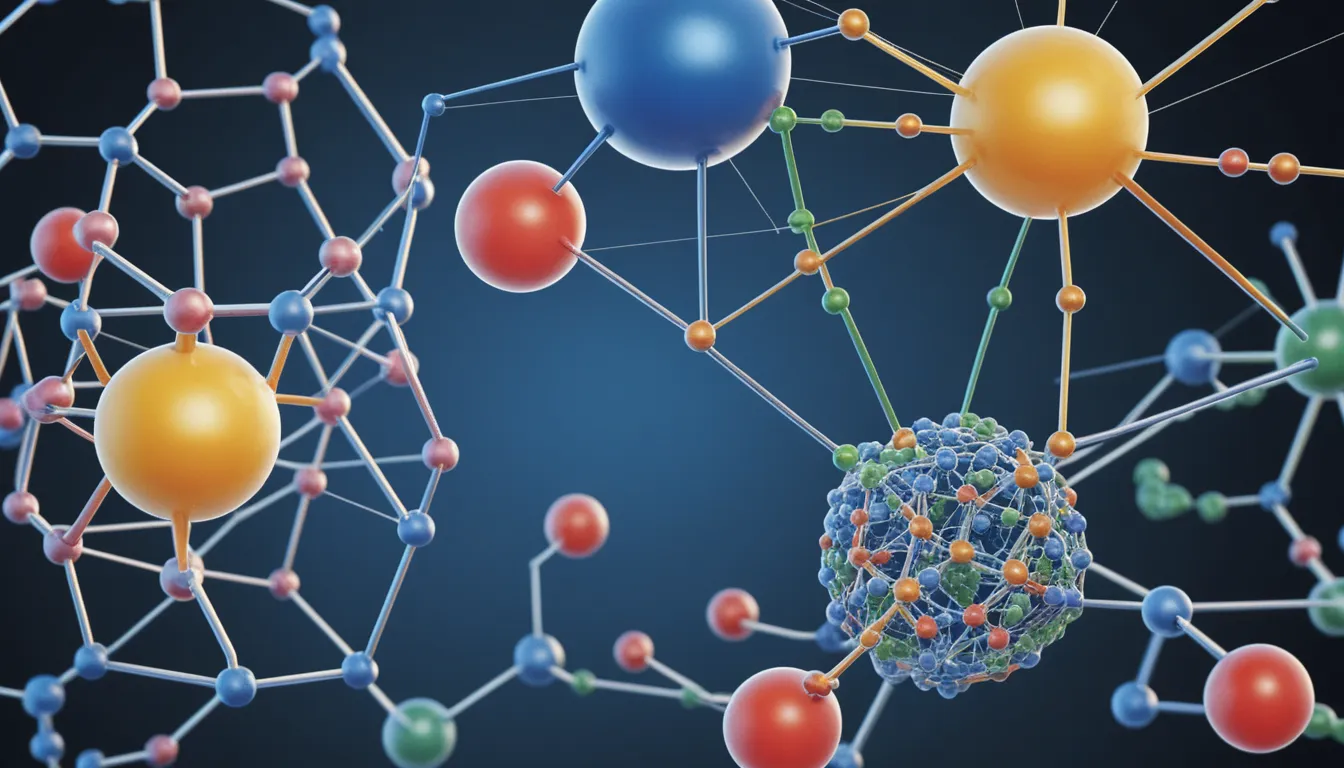
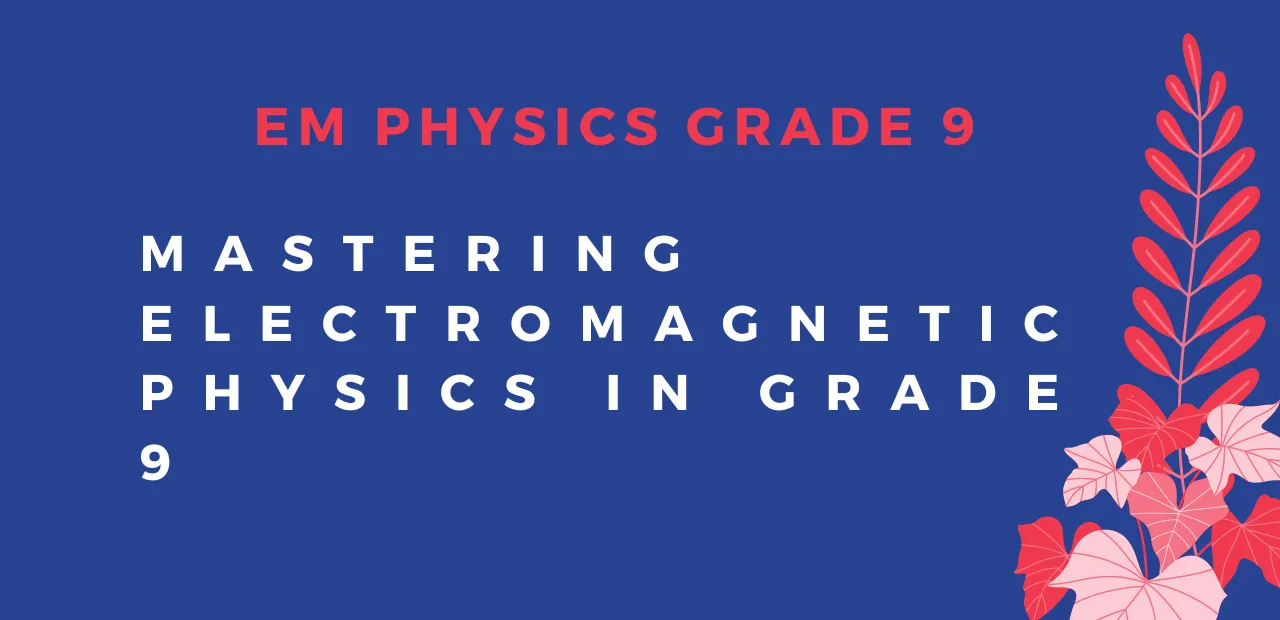
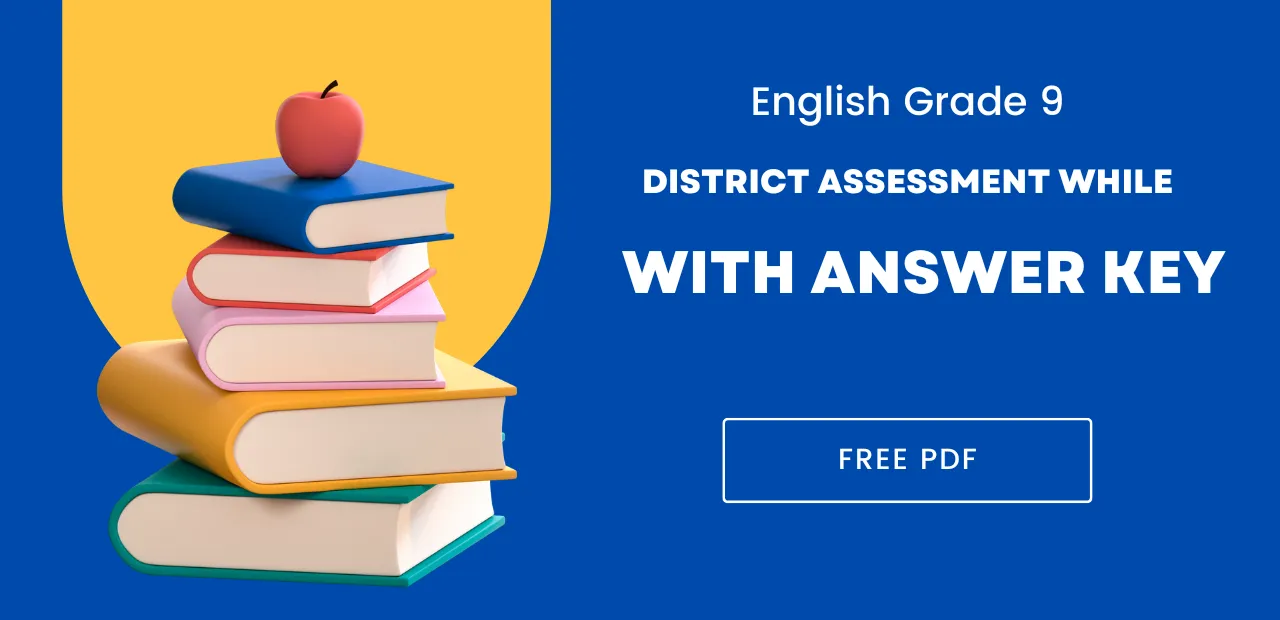
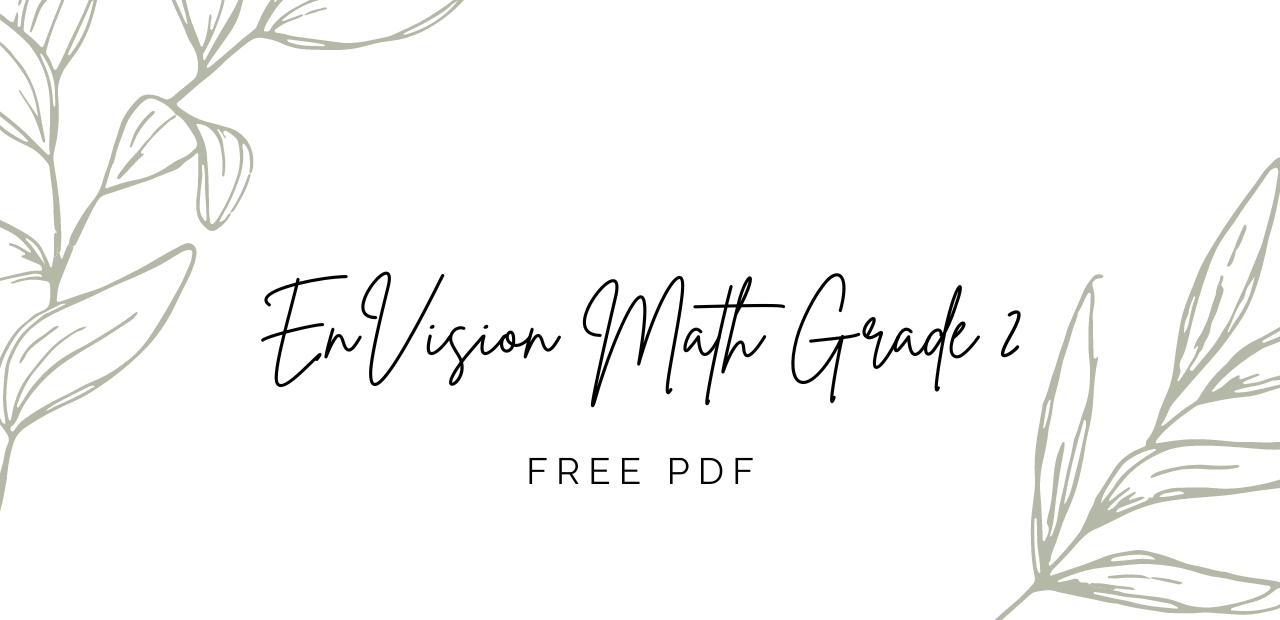
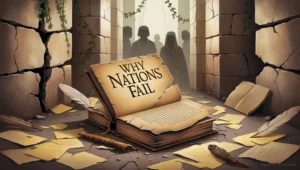
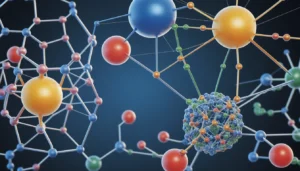
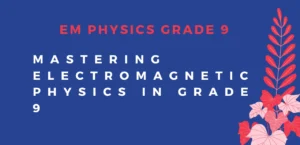




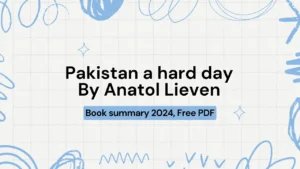

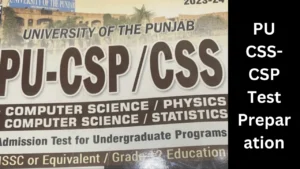
Post Comment